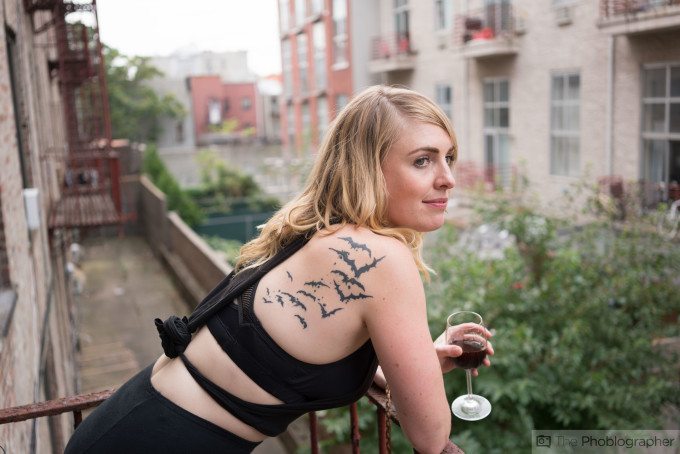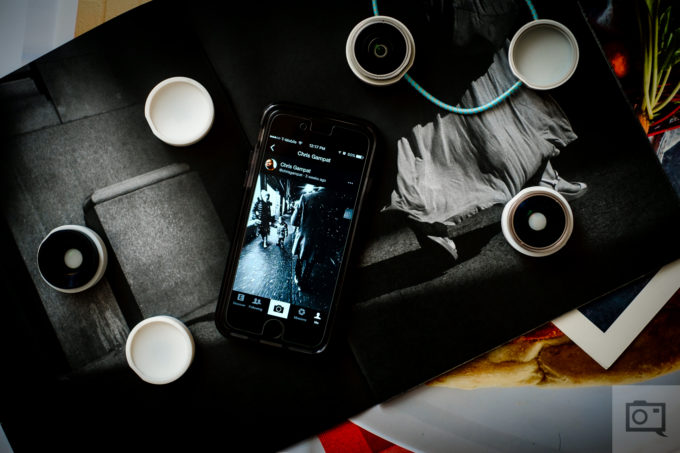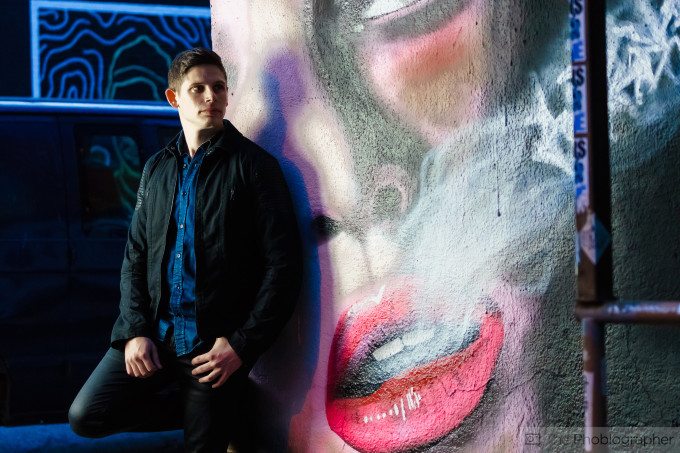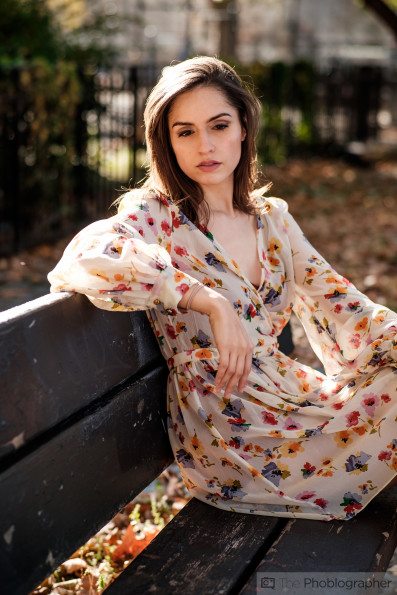In 2016, photographers have many different avenues and routes to reach their audience. There is Instagram, Facebook, Twitter, Tumblr, your blog, your website, etc. Each of them function like a little community with the sole goal of bringing attention back into you: the governing body. Each of them also have different purposes and may even attract different folks in the way that they function. But in that line of thought, each of them has to be inherently different too. Depending on the type of photographer you are, your Instagram shouldn’t be your website. If your Instagram has anything else besides portraiture, it’s going to confuse your potential clients and followers.
As it stands, an Instagram can’t really take the place of a dedicated website. To that end, your blog can’t either.
Blogs featuring your photography and your website function as two different mediums. If I go to someone’s Tumblr, which they’re using as their website, I’m almost 90% guaranteed to not know how to navigate the site in order to get to a shoot that you’re specifically talking about. Instead, I’m going to have to scroll through the feed to get immediately to that spot.
When you’re putting together your blog posts too, you’re usually only selecting and thinking about just the best photos from that specific shoot and not about photos that are inherently and imperatively portfolio worthy.
To that end, I’m probably not always seeing your best work.
A dedicated photo website on the other hand actually has clean and specific navigation. Contact page? Got one! Your street photography? Right there! Your documentary projects? With a drop down menu I can probably click on one or the other.
So why is this important?
It has to do with attention spans. Editors, gallery curators and even potential clients are lazy and don’t always have lots of time to sit there and scroll through for forever to get to what they need to. It needs to be made simple from you. Squarespace for example can let you do this (and I’m not just saying this because they’re a current sponsor) so too can sites from Medium and PhotoShelter. The Phoblographer is a WordPress blog, and that can make both really well too.
Think of it this way: when you read a review, you’re guaranteed to scroll right down to the conclusions and if you want to or are intrigued enough, you’ll go through the rest. But otherwise, you probably won’t.
General folks will treat your portfolio the same way unless they possibly have some sort of emotional investment in your work. For that, you have the give them a reason to and also try to hook them on the front page. Your website or blog should be a different experience from all the rest of your platforms.

What motivates this? When folks apply to be featured on the site, I generally try to help them out in some ways. One photographer sent me 60 images because he didn’t know how to edit his work down. Granted, I wouldn’t do that for everyone, but his work is particularly great. At the same time, there are other photographers with archaic sites that look like they were built with Geocities. Even when going through the sites, it’s tough to actually find the good work.
In summation: put your best work forward on your website and put your best work from each shoot on your blog to give a bit more info and a behind the scenes look. Don’t make one site be a jack of all trades.




